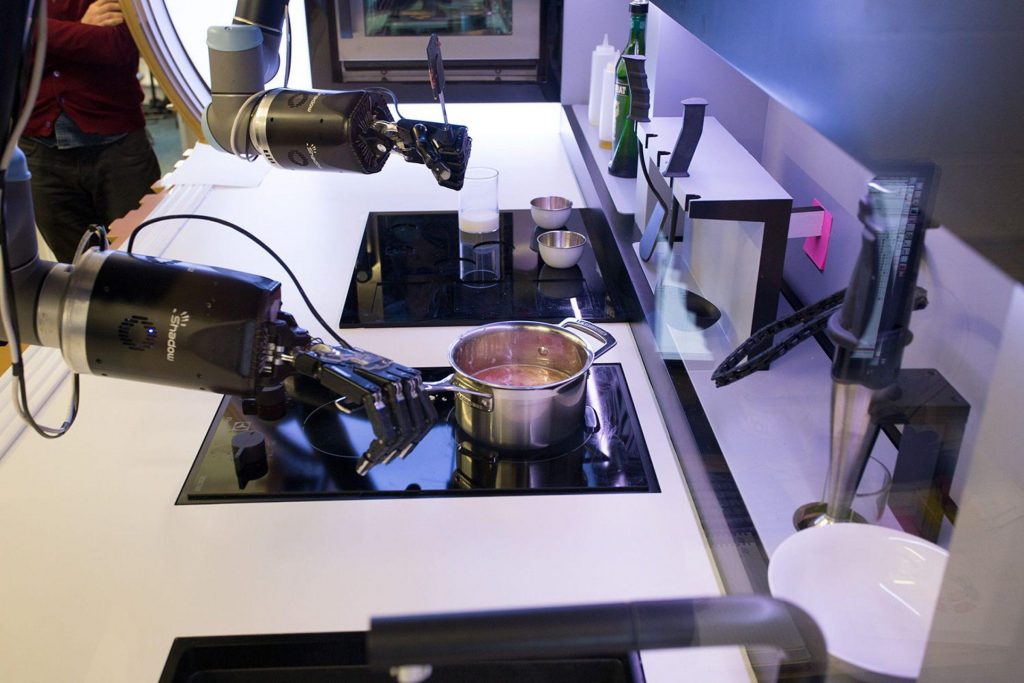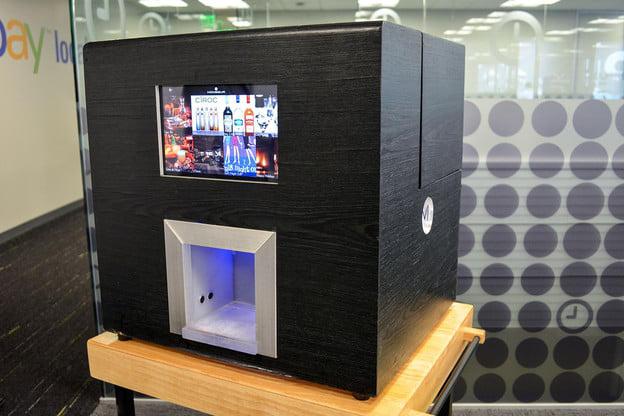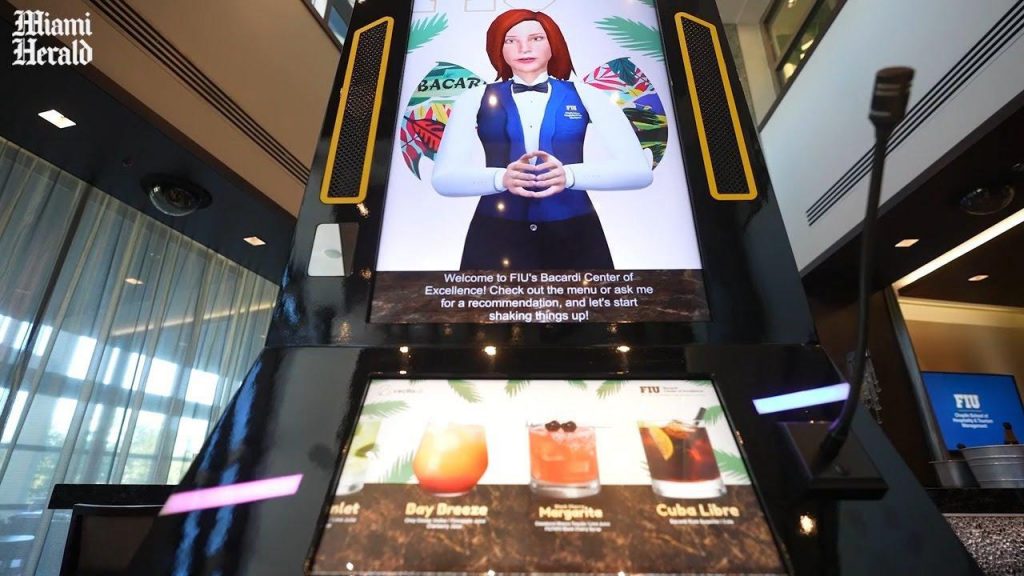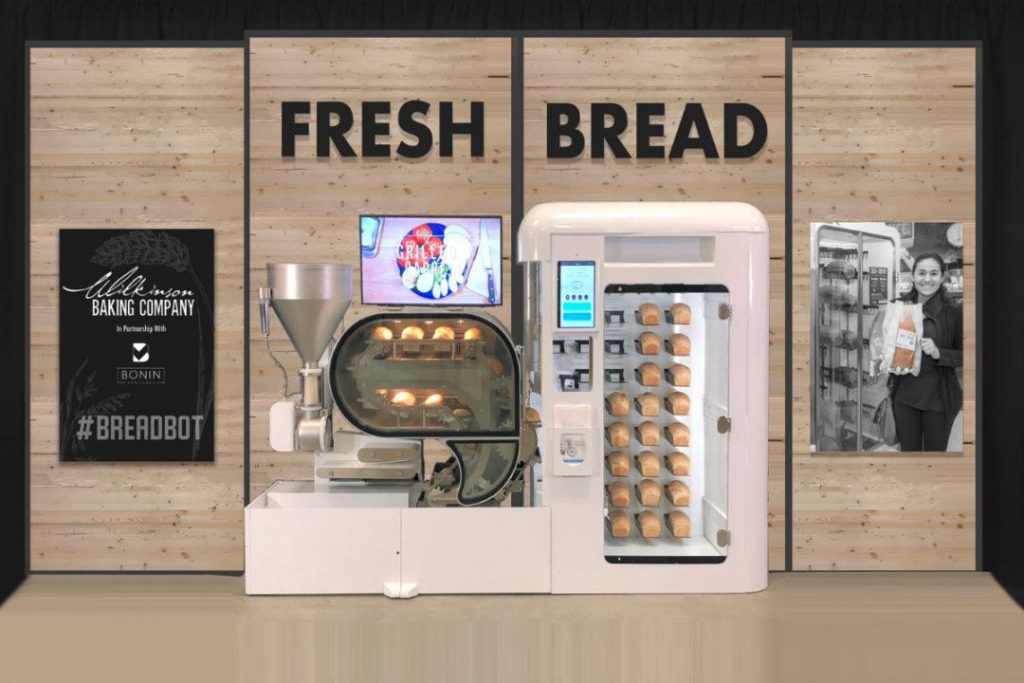Robots are beginning to dominate the service sector, completing tasks in many ways more economically and efficiently than their human counterparts. There are a wide variety of robots in restaurants from cocktail-making to burger-flipping. An increasing number of restaurants are discovering the productivity-enhancing benefits of robots. The revolution in automation has begun.
These robot waiters, bartenders, and chefs may have something to do with the future of restaurants and dining, even if they won’t be replacing human cooks and servers any time soon, at least in the United States. These robots in restaurants, which are automatic, intelligent, and contactless, are useful to cut costs and streamline operations.
These robots in restaurants are able to automate the restaurant production process, save money and human resources, enhance menus, make fewer errors, minimize waste, and work around the clock without a raise. In addition to being incredibly cool and bringing innovative thinking to businesses, customer-facing robots can help lessen interaction with people, which is a major benefit of COVID-19.
- Robot Chef who Cooks 2,000 Different Meals
- Monsieur: The Artificially Intelligent Robotic Bartender
- Cecilia: The World’s First Robot Interactive Bartender
- Breadbot — The Automated Baker
- Smile Robotics— Plates Collecting Robot
- Picnic — Automatic Pizza Maker
- Miso Robotics — Robotic Kitchen For Fast Food Chains
- Conclusion
Robot Chef who Cooks 2,000 Different Meals

After a long day at the office, it can be difficult to persuade yourself to prepare a wholesome meal at home. But what if you had a robotic assistant in the kitchen that could prepare gourmet meals whenever you desired? Moley Robotics, a London-based company, has designed a prototype “robochef” for the home.
The machine consists of two extraordinarily dexterous robotic arms mounted on a cooking area with burners, a sink, and an oven. The sophisticated and fully articulated hands of the robot were designed by Shadow Robot Company, a London-based company whose products are used worldwide, including by NASA.
Instead of cooking like a machine, the system records human actions in 3D and converts them into incredibly precise movements. Moley Kitchen saves you a substantial amount of time in the kitchen. Using this state-of-the-art robot to cook different dishes is as simple as the alphabet. You can purchase ready-to-cook ingredients in custom Moley containers with delivery service, or you can select the freshest ingredients and arrange them yourself. These robots are incredibly helpful for family restaurants.
If you opt for home delivery, you will always have the correct amount of ingredients to prepare the selected dishes. Moley is committed to reducing food waste, and as a result, they are collaborating with their ingredient suppliers to develop standards that reflect this commitment.
Obviously, such modern equipment will not be inexpensive, costing close to $340,000 but hopefully, as with all new technologies, the price will decrease over time.
Monsieur: The Artificially Intelligent Robotic Bartender

Monsieur is an artificially intelligent robot bartender who serves the ideal drink at the ideal time to satisfy the most discerning palates. Monsieur has learned thousands of drinks and can craft them expertly with a single button press. This is definitely one of the robots for restaurants which we will see in many in the future.
You could use a touch screen display to navigate through the cocktail list, which features attractive images and interesting details for each drink. Choose between ‘normal’, ‘lightweight,’ and ‘boss’ on the strength slider, made possible by the software’s and pumps’ accuracy. Over time, Monsieur will learn your preferences so that he can pre-adjust your drinks.
Monsieur, like any knowledgeable bartender, makes intelligent recommendations based on your preferences. However, if you are willing to try something new, you can use the ‘Surprise Me’ option.
This approximately costs $4000 US Dollars.
Advantages
- Monsieur can make 300 different cocktails out of the box.
- Automatic Refill Delivery
- Monsieur Mobile App allows you to order your drink from your sofa.
- Monsieur Promotes Responsible Drinking
Cecilia: The World’s First Robot Interactive Bartender

Cecilia.ai is a robot bartender who, according to her creator, is the world’s first interactive robot bartender. The next time you visit a bar, you may be greeted by Cecilia.ai.
Cecilia is depicted on a digital screen as a bartender, using her time during downtime by wiping her virtual tabletop and polishing glasses.
Customers interested in a beverage may approach the bartender and place their order. Cecilia may answer to the order by stating that a certain component is unavailable or by recommending another option. You can also order cocktails from a touchscreen menu, and your drink will be delivered through a slot in the machine. However, because the technology is so new, you may not receive your drink the first time you ask for it.
Cecilia’s design, which took three years to build in Israel, enables it to learn as it goes, so she will learn how to respond the next time. It may also be configured to prepare specialty drinks, such as Florida International University’s Sunblazer, which is created with Bacardi, pineapple, and lemon, and it can make legendary bartender jokes.
You can buy Cecilia outright for $60,000
Breadbot — The Automated Baker

After ten years of development, the automated baking machine contributes to the creation of a novel ‘farm to table’ experience — a bread bot that bakes fresh bread before your eyes. As per the company’s news release, the machine intends to offer the experience of a local bakery to merchants worldwide, while reducing carbon footprint, minimizing preservatives, and minimizing waste.
Even more fascinating is the fact that the intelligent bread robot utilizes multi-facial recognition to personalize its bread offerings. The “Mini Bakery” is fully automated, produces 10 loaves per hour, employs intelligent technologies such as AI, and big data analytics, and gives restaurants real-time insights into customer purchasing behavior.
Organic whole wheat and organic seeds and grains are among the company’s currently available recipes (and baking mixes). Since the company values openness, it informs customers of the precise location, date, and method of bread production.
Although there is no official pricing yet, company reps estimate the bot will retail for around $100,000 over a five-year lease.
Smile Robotics— Plates Collecting Robot
Last year was a huge one for restaurant server robots, the self-driving trays on wheels that transport food to your table, and empty plates back to the kitchen. And because we live in a COVID society that values fewer human-to-human connections, the robot from Smile Robotics could be useful in this context.
When it comes to autonomously serving meals and beverages and collecting dirty or empty dishes, the Japanese business ACUR-C has found a solution.
In this video, you may see it for yourself.
However, this video demonstrates merely the bussing capacity of the robot, and even that won’t set any speed record timings. They may be cleared by a human in half the time it takes a robot to do it. As with all robots, technology is only going to get better and better.
The ACUR-C is a robot that can drive itself. The robotic arm’s “hands” can be swapped out to collect or serve items, and it can hold many trays.
The ACUR-C would be quite at home in a restaurant like China’s Country Garden Robot Restaurant Complex. There are robot servers and food that falls from the ceilings at this restaurant, but no automatic bussing systems yet (as far as we know).
They have not disclosed pricing information yet.
Picnic — Automatic Pizza Maker

Many smaller restaurants are struggling to survive as a result of covid19, while larger kitchens like schools and stadiums are under immense pressure to produce the quantity. Operators are aware that in order to reduce expenses and maintain their success, they must find new ways to manage their kitchen.
Meet the Picnic Pizza Station. It is the necessary automated, robotic back-of-house makeline that enables one person to produce up to 100 quality pizzas per hour while decreasing food waste to approximately 2% – a huge reduction compared to what most restaurants now face. Since its 2016 inception, Picnic Works has been dedicated to revolutionizing the future of food preparation.
The station allows restaurant owners to utilize their own recipes and unique ingredients to consistently top pizzas with the same precise amounts of sauce, cheese, pepperoni, and other granular toppings. Modularity allows the system to integrate with existing kitchen operations.
The Picnic Pizza Station is compatible with existing POS systems. Managers may watch a display to track ingredients and estimate inventory levels, while kitchen staff uses a simple touchscreen interface. Due to the simplicity of the technology, only minimal training is required.
Monthly subscription rates for the robotic pizza maker will range between $3,500 and $5,000, depending on configuration and production capacity.
Miso Robotics — Robotic Kitchen For Fast Food Chains

On the Fourth of July, grilling burgers may be a joyful activity, but the daily grind of dealing with hot grease is less enjoyable.
Bring in Miso Robotics. The southern California startup has designed a robot named Flippy to perform the hot, greasy, and monotonous tasks of a fry chef. Flippy uses machine learning and computer vision to recognize burger patties on a grill, track them as they cook, flip them, and then arrange them on a bun when they’re done.
The system is comprised of the Miso Analytics platform, which gives in-depth insights and enhances food quality through precision cooking. CaliBurger and White Castle are clients of the enterprise, where it flips over 10,000 burgers and fries over 12,000 baskets per month.
In 2020, the initial commercial version of Flippy was released for $30,000. Miso aims to reduce the price to $20,000, In addition, there is a $1,500 monthly software cost for the robot.
Conclusion
Those who believe that technology will eventually replace people may find the rise of automation and robotics in the restaurant industry scary. However, it appears likely that we will continue to exist for a considerable amount of time. The majority of these systems are still extremely costly and are designed to fill the gaps in the workforce, either by working alongside human employees so they can focus on more complicated duties or by serving as supplementary revenue streams or tourist attractions. We predict that robots and machines will become increasingly prevalent in restaurants and hotels, preparing delectable meals and cocktails
Also Read:
How Will Artificial Intelligence Change The World in the Future


[…] Buying an Electric Bike How to Save Gas and Money – Is There Really an Optimal Speed ? 7 Most Useful Robots for Restaurants # car inventions# future technology# gadgets# life […]